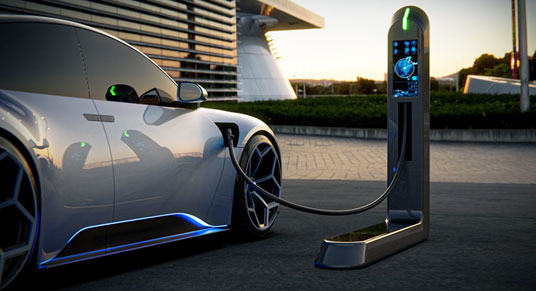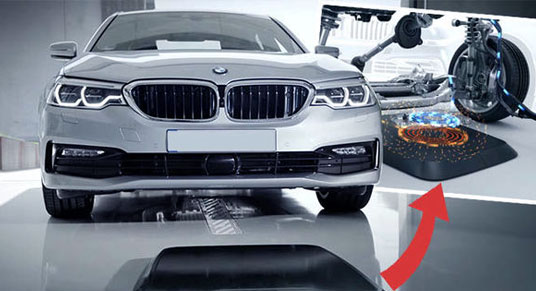Driving Charging Innovation
Improving Efficiency, Safety, and User Experience

Improving Efficiency, Safety, and User Experience
Core technology continues to drive the development of new energy charging stations, improving
charging efficiency, reducing user costs, and enhancing user experience. With technological
advancement, standard refinement, and market growth, new energy charging stations will play an
increasingly important role in the future transportation ecosystem.
1. Power Electronics Technology
Used to convert alternating current (AC) to direct current (DC) for efficient charging. Modern DC
fast charging stations typically use Power Factor Correction (PFC) technology and low harmonic
design to improve energy conversion efficiency. With multi-level DC/DC conversion technology,
charging devices can achieve higher efficiency and smaller size.
2. Communication and Control Technology
Communication protocols between electric vehicles, charging stations, and the power grid enable
vehicles to return power to the grid during charging, helping to balance the power grid load.
Intelligently adjust charging power based on power grid conditions, charging station load, and user
needs to optimize charging costs.

3. Energy Management and Storage Technology
Predict charging demand through methods such as machine learning to better plan charging station
locations and power supply.
Optimize charging time and power based on electricity price fluctuations and user needs.
Integrate energy storage systems such as lithium batteries and supercapacitors at charging stations
to balance grid load and provide peak load support. Use energy storage systems to store solar or
wind power to provide cleaner and cheaper electricity for charging stations.
4. Security and Protection Technology
Smart protection mechanisms and automatic failure detection ensure that charging stations have
obtained international certification, complying with industry standards such as UL and IEC,
improving product safety and reliability.

Modern charging stations are equipped with touch screens that provide a user-friendly
interface, allowing users to conveniently select charging modes and payment methods.
Support multiple languages to provide convenience for users in various countries and
regions.

Uses magnetic resonance principles to transfer power without the need for cable connections,
providing a more convenient charging experience for users.
Combined with autonomous vehicle technology, enabling vehicles to automatically connect to
charging facilities.
Using core technology to continuously drive the development of new energy charging stations,
improving charging efficiency, reducing user costs, and enhancing user experience. With
technological advancement, standard refinement, and market growth, new energy charging
stations will play an increasingly important role in the future transportation ecosystem.